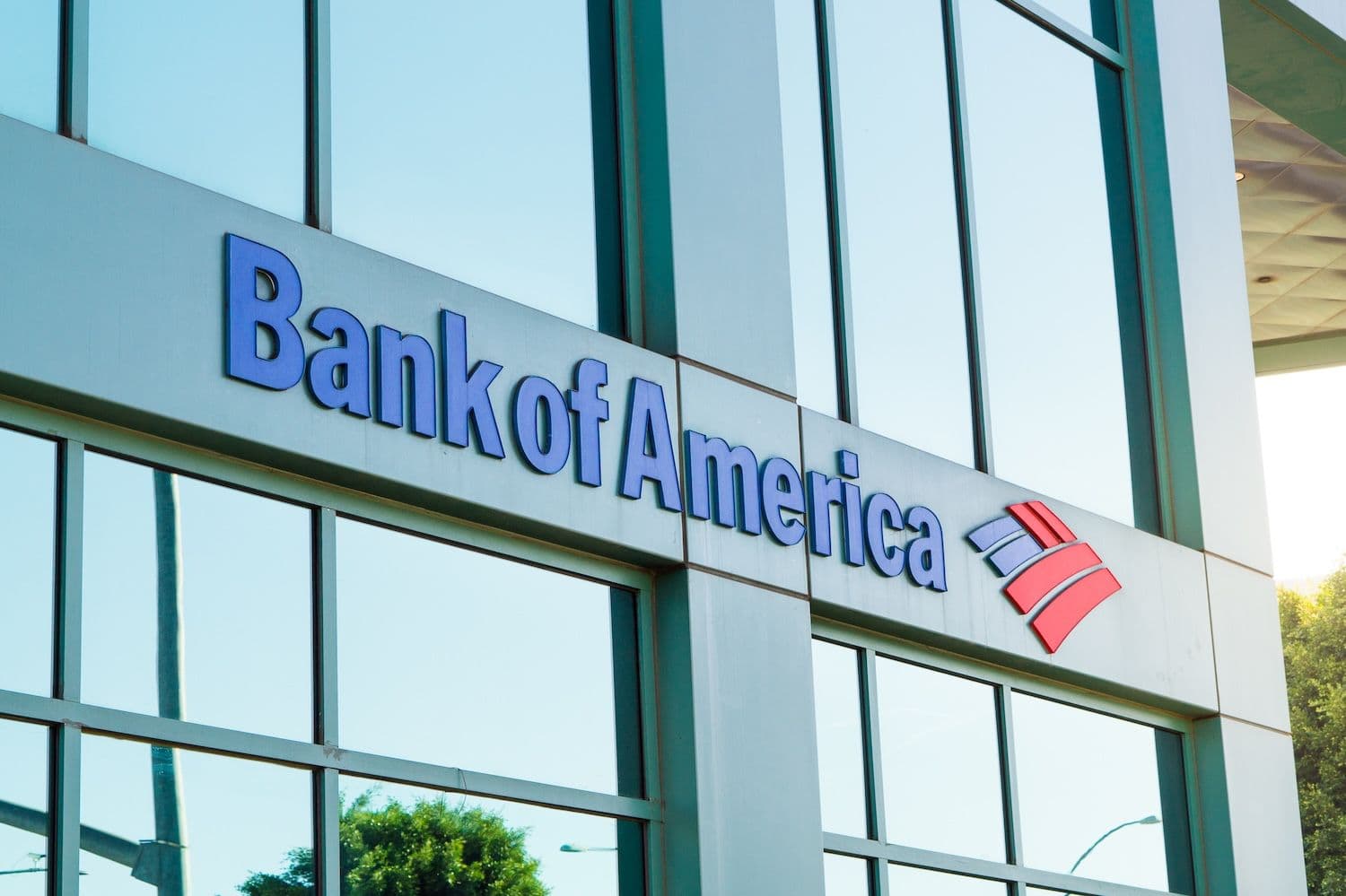Major financial institutions including Bank of America and Fiserv are preparing to launch dollar-backed cryptocurrency tokens following President Donald Trump's signing of the GENIUS Act on July 18, which established the first federal regulatory framework for stablecoins. However, industry experts caution that implementation will involve complex technical and strategic considerations that could take years to resolve fully.
What to Know:
- The GENIUS Act creates the first federal rules for stablecoins, digital tokens pegged to the U.S. dollar, potentially transforming everyday payments and money transfers
- Major banks including Bank of America and Citigroup are actively considering issuing their own stablecoins, while retailers like Walmart and Amazon reportedly explore similar strategies
- Companies face significant decisions about compliance costs, blockchain selection, and whether to create proprietary tokens or integrate existing ones like Circle's USDC
Corporate Strategy Shifts Toward Digital Payments
The legislation represents the first U.S. law designed specifically to facilitate cryptocurrency usage. Stablecoins maintain constant value through a 1:1 peg to the U.S. dollar, making them attractive for instant payments and settlement compared to traditional banking systems that can take days for transactions, particularly across international borders.
Companies now face strategic decisions about their stablecoin approach. They must determine whether to develop proprietary tokens or integrate existing options like Circle's USDC into their operations. The intended use case significantly influences this decision, according to Stephen Aschettino, a partner at law firm Steptoe.
"The intended use is going to matter a lot," Aschettino said. "Is this something really designed to drive customers to engage with the issuer, or is the issuer's primary motivation to have a stablecoin that is more ubiquitous?"
Retail platforms might offer stablecoins to crypto-savvy customers for purchasing goods. Other companies could deploy them internally for cross-border payments, capitalizing on near-instant settlement and lower fees compared to traditional payment rails.
Banking Sector Positions for Competitive Advantage
Financial institutions appear well-positioned to navigate the new regulatory landscape. Bank of America and Citigroup executives confirmed active consideration of stablecoin issuance during recent earnings calls. Morgan Stanley is monitoring developments closely, while JPMorgan Chase CEO Jamie Dimon indicated the bank's future involvement without providing specifics.
Banks possess existing compliance infrastructure that could provide competitive advantages. They already maintain robust anti-money laundering systems and customer verification processes required under the GENIUS Act. Non-bank entities will need to build these capabilities from scratch, creating additional compliance costs and oversight requirements.
"Those that already have robust KYC risk management and regulatory change management programs or working towards implementing these program elements may have a competitive advantage," said Jill DeWitt, senior director of compliance and third-party risk management solutions at Moody's Analytics.
However, banks face unique considerations regarding balance sheet treatment of stablecoins. Current U.S. banking regulations might require institutions to hold additional capital when maintaining these digital assets, according to Julia Demidova, head of digital currencies product and strategy at FIS.
"The GENIUS Act is great, but if the bank is treating their stablecoin on the balance sheet under prudential banking regulation, you still need to look at the risk weight of the asset," Demidova explained.
Technical Infrastructure Decisions Loom Large
Companies must select appropriate blockchain networks for stablecoin issuance. Hundreds of blockchain options exist, with Ethereum and Solana among the most popular public networks where all transactions remain visible to anyone.
Banks may prefer private or "permissioned" blockchains that offer greater governance and control structures. Demidova noted that financial institutions "would desire and demand that very clear governance and structure" not available in permissionless environments. However, some infrastructure providers advocate for established public blockchains. Nassim Eddequiouaq, CEO of stablecoin infrastructure provider Bastion, sees advantages in networks with proven scalability and user adoption.
"We've seen a tremendous amount of interest for existing blockchains that have seen user adoption, that have been battle tested at scale, including during activity spikes," Eddequiouaq said.
Understanding Key Financial Terms
Stablecoins represent digital tokens designed to maintain stable value, typically pegged 1:1 to the U.S. dollar through various backing mechanisms. Unlike volatile cryptocurrencies such as Bitcoin or Ether, stablecoins aim for price stability by maintaining reserves of traditional assets.
Know Your Customer (KYC) requirements mandate that financial institutions verify customer identities and monitor transactions for suspicious activity. Anti-money laundering (AML) compliance involves detecting and preventing illicit financial flows through systematic monitoring and reporting. Blockchain networks serve as digital ledgers recording cryptocurrency transactions. Public blockchains allow anyone to view transaction history, while private versions restrict access to authorized participants. This distinction affects governance, privacy, and regulatory compliance considerations for corporate users.
Regulatory Implementation Timeline Remains Uncertain
Despite the law's passage, full implementation remains years away. Federal banking regulators must issue detailed rules addressing various operational aspects before companies can proceed with confidence.
The Office of the Comptroller of the Currency will establish specific risk management and compliance requirements. The Treasury Department must create rules governing foreign stablecoin regulatory compatibility with the new U.S. framework.
"These things are going to have to phase in," Aschettino noted, indicating that regulatory clarity will emerge gradually rather than immediately.
Closing Thoughts
The GENIUS Act establishes foundational federal rules for stablecoins, creating opportunities for major financial institutions and corporations to explore digital payment solutions. While the regulatory framework provides necessary legal clarity, companies face complex strategic, technical, and compliance decisions that will determine successful implementation over the coming years.

